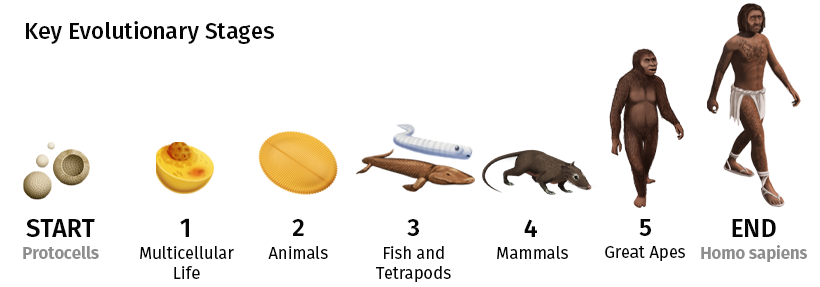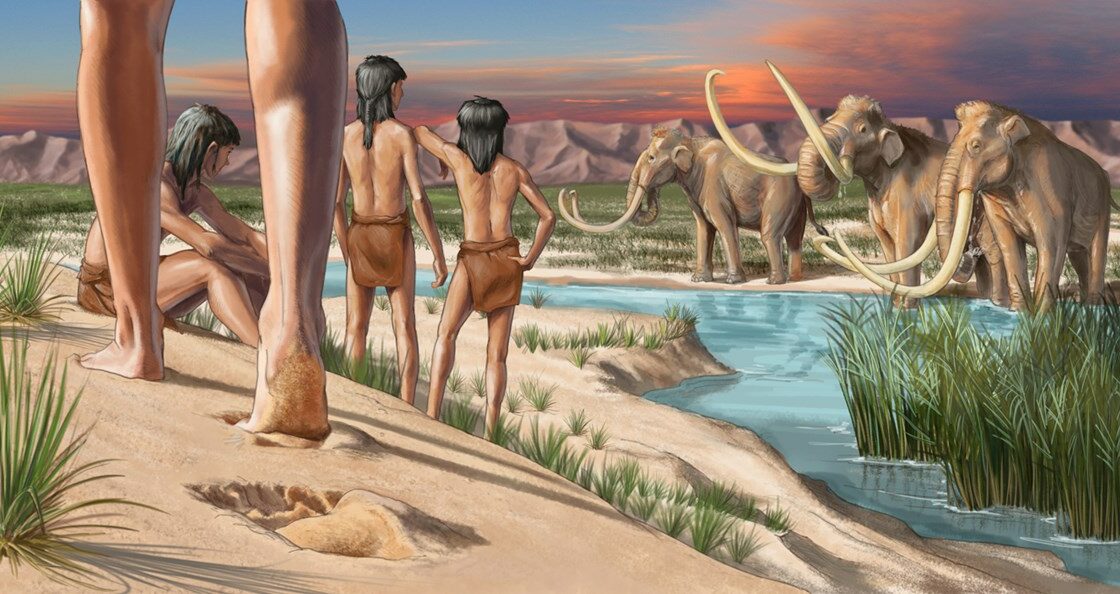Evolution: Understanding Life's Endless Journey of Adaptation
Introduction:
Evolution stands as one of the most captivating and enduring narratives in the history of science, offering profound insights into the origins, diversity, and interconnectedness of life on Earth. From the emergence of the first single-celled organisms billions of years ago to the complex array of species that inhabit our planet today, evolution provides a framework for understanding the dynamic processes that have shaped the living world. In this essay, we will explore the principles of evolution, the mechanisms driving evolutionary change, and the profound implications of evolution for our understanding of life's past, present, and future.
The Concept of Evolution:
At its core, evolution is the process by which species change over time, resulting in the diversity of life observed on Earth. The concept of evolution dates back centuries, with early ideas proposed by philosophers such as Jean-Baptiste Lamarck and Charles Darwin. Darwin's theory of evolution by natural selection, outlined in his seminal work "On the Origin of Species," remains the cornerstone of modern evolutionary biology.
Central to Darwin's theory is the idea that all species are descended from a common ancestor and that natural selection acts as the primary mechanism driving evolutionary change. Natural selection operates through the differential survival and reproduction of individuals with heritable traits that confer advantages in their environment. Over time, these advantageous traits become more common in the population, leading to adaptations that increase the organism's fitness and reproductive success.
Mechanisms of Evolutionary Change:
While natural selection is a fundamental driver of evolution, it is not the only mechanism at play. Evolutionary change can also occur through processes such as genetic drift, gene flow, mutation, and non-random mating. Genetic drift refers to the random fluctuations in allele frequencies within a population, which can lead to the loss of genetic diversity over time, especially in small populations. Gene flow involves the movement of genes between populations through migration, leading to genetic exchange and the potential for hybridization.
Mutation, the ultimate source of genetic variation, introduces new alleles into a population's gene pool through changes in DNA sequences. While most mutations are neutral or harmful, some may confer adaptive advantages under specific environmental conditions, driving evolutionary change. Non-random mating, including assortative mating and sexual selection, can also influence the distribution of traits within a population, leading to changes in allele frequencies over time.
The Tempo and Mode of Evolution:
Evolutionary change can occur at different rates and through various patterns, depending on factors such as environmental pressures, genetic constraints, and reproductive strategies. The tempo of evolution ranges from gradual, incremental changes over long periods (phyletic gradualism) to rapid bursts of evolutionary innovation followed by periods of stasis (punctuated equilibrium). The mode of evolution may exhibit patterns such as convergent evolution, where unrelated species evolve similar traits in response to similar selective pressures, or divergent evolution, where closely related species evolve distinct traits due to different selective pressures.
Studying the patterns of evolution provides valuable insights into the processes and mechanisms driving evolutionary change across different scales of time and space. Paleontology, the study of fossils, offers a window into the evolutionary history of life on Earth, revealing the origins and diversification of species over millions of years. Comparative anatomy and embryology provide evidence of shared ancestry and evolutionary relationships among different species, highlighting the unity of life's underlying biological processes.
Molecular genetics and genomics offer powerful tools for tracing the evolutionary history of organisms at the molecular level, unraveling the genetic basis of adaptation and speciation. Phylogenetics, the study of evolutionary relationships among species, reconstructs the branching patterns of the tree of life, elucidating the evolutionary connections between different taxa and the timing of evolutionary events.
Implications of Evolutionary Theory:
Evolutionary theory has profound implications for our understanding of the natural world, shaping fields as diverse as medicine, agriculture, conservation, and anthropology. In medicine, evolutionary principles inform our understanding of antibiotic resistance, viral evolution, and the genetic basis of disease, guiding strategies for disease prevention, diagnosis, and treatment. In agriculture, evolutionary biology guides efforts to breed crop varieties with improved resistance to pests, diseases, and environmental stressors, enhancing food security and sustainability.
In conservation biology, evolutionary insights inform strategies for preserving biodiversity and managing endangered species, recognizing the importance of maintaining genetic diversity and adaptive potential within populations. In anthropology, evolutionary theory provides a framework for understanding human origins, behavior, and cultural diversity, shedding light on the evolutionary forces that have shaped our species' evolutionary trajectory.
Evolutionary theory not only provides a comprehensive explanation for the diversity of life but also fosters a deeper appreciation for the interconnectedness of all living organisms and their environments. By recognizing the shared ancestry and evolutionary relationships among species, we gain a greater sense of kinship with the natural world and a heightened awareness of our responsibility to steward its diversity for future generations.
Moreover, evolution offers a unifying framework that transcends disciplinary boundaries, bridging the gap between the biological, ecological, and social sciences. By integrating evolutionary principles with other disciplines, such as ecology, sociology, and economics, we can address complex challenges such as climate change, biodiversity loss, and human health disparities from a holistic and interdisciplinary perspective.
However, despite its overwhelming evidence and explanatory power, evolution remains a subject of controversy and misunderstanding in some quarters. Misconceptions about evolution, fueled by ideological, religious, and cultural beliefs, persist in certain segments of society, hindering efforts to promote scientific literacy and evidence-based decision-making. Addressing these misconceptions requires ongoing education, outreach, and public engagement efforts to foster a deeper understanding and appreciation for the scientific process and the importance of evidence-based reasoning. Looking to the future, evolutionary biology holds great promise for addressing pressing global challenges, from emerging infectious diseases to environmental degradation and biodiversity loss. By harnessing the power of evolutionary principles and interdisciplinary collaboration, we can develop innovative solutions to mitigate the impacts of climate change, conserve biodiversity, and improve human health and well-being. Moreover, by fostering a deeper understanding of our evolutionary past, we can gain valuable insights into the adaptive strategies and resilience of past societies, informing efforts to build a more sustainable and equitable future for all.
Looking to the future, evolutionary biology holds great promise for addressing pressing global challenges, from emerging infectious diseases to environmental degradation and biodiversity loss. By harnessing the power of evolutionary principles and interdisciplinary collaboration, we can develop innovative solutions to mitigate the impacts of climate change, conserve biodiversity, and improve human health and well-being. Moreover, by fostering a deeper understanding of our evolutionary past, we can gain valuable insights into the adaptive strategies and resilience of past societies, informing efforts to build a more sustainable and equitable future for all.
In conclusion, evolution is a profound and illuminating concept that offers unparalleled insights into the origins, diversity, and interconnectedness of life on Earth. From its humble beginnings in the observations of naturalists to its modern synthesis in the field of evolutionary biology, the theory of evolution has transformed our understanding of the natural world and our place within it. By elucidating the processes and mechanisms driving evolutionary change, we gain invaluable insights into life's endless journey of adaptation and diversification, providing a unifying framework for understanding the past, present, and future of life on Earth.







































